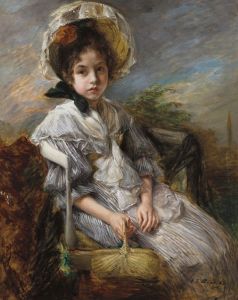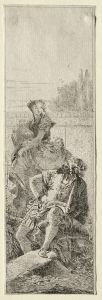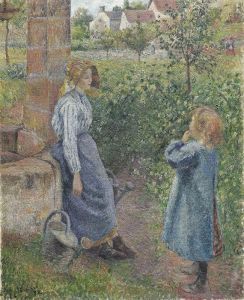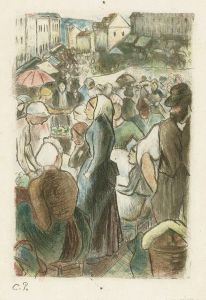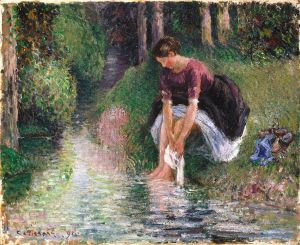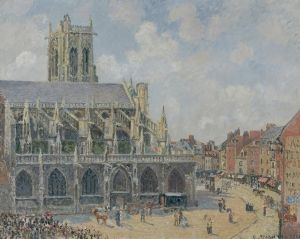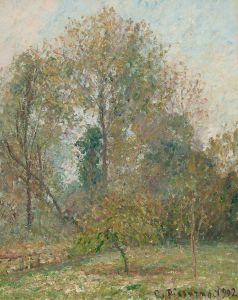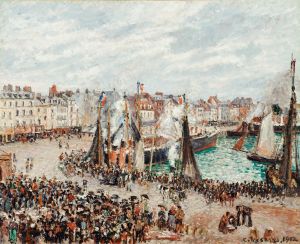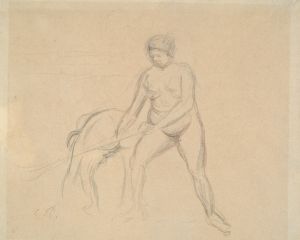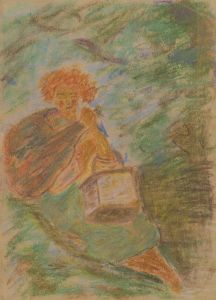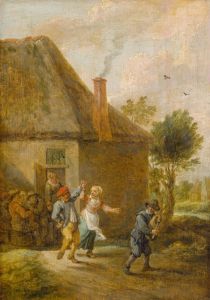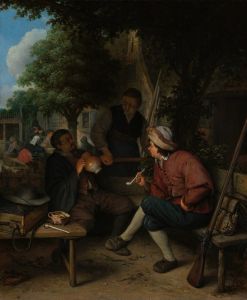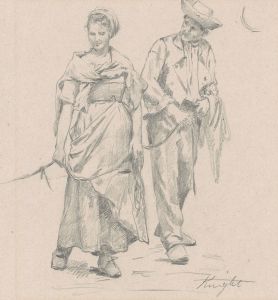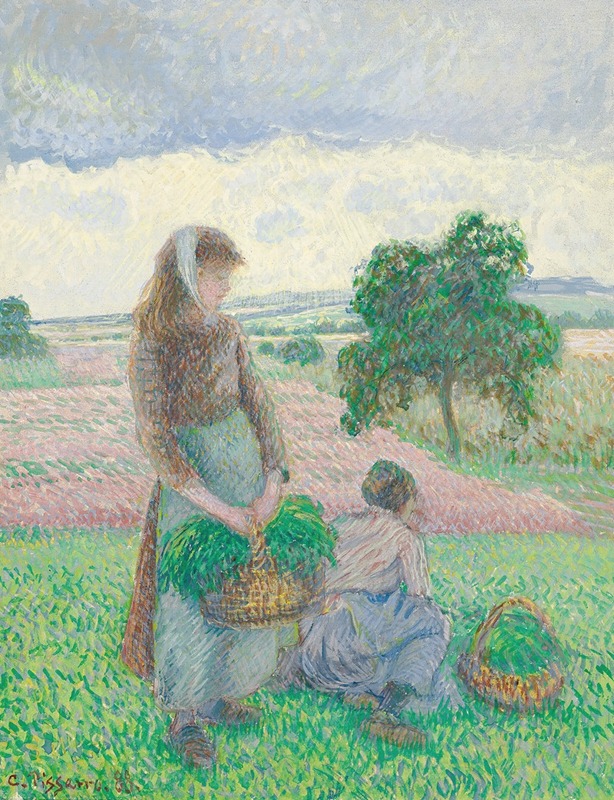
Paysannes portant un panier
A hand-painted replica of Camille Pissarro’s masterpiece Paysannes portant un panier, meticulously crafted by professional artists to capture the true essence of the original. Each piece is created with museum-quality canvas and rare mineral pigments, carefully painted by experienced artists with delicate brushstrokes and rich, layered colors to perfectly recreate the texture of the original artwork. Unlike machine-printed reproductions, this hand-painted version brings the painting to life, infused with the artist’s emotions and skill in every stroke. Whether for personal collection or home decoration, it instantly elevates the artistic atmosphere of any space.
"Paysannes portant un panier" (Peasant Women Carrying a Basket) is a painting by the renowned French artist Camille Pissarro, a pivotal figure in the Impressionist movement. Created in 1888, this work exemplifies Pissarro's dedication to capturing rural life and the everyday activities of peasants, a theme that recurred throughout his career.
Camille Pissarro was born on July 10, 1830, on the island of St. Thomas in the Danish West Indies. He moved to Paris in 1855, where he became deeply involved in the burgeoning Impressionist movement. Pissarro was known for his commitment to painting en plein air, or outdoors, which allowed him to capture the natural light and atmosphere of his subjects with great authenticity.
"Paysannes portant un panier" depicts two peasant women engaged in the simple act of carrying a basket. The painting is characterized by Pissarro's use of loose brushwork and a light, vibrant palette, typical of the Impressionist style. This approach allowed him to convey the movement and vitality of the scene, as well as the play of light on the figures and their surroundings.
Pissarro's choice of subject matter reflects his interest in the lives of rural workers and his respect for their labor. Unlike many of his contemporaries who focused on urban scenes and the bourgeoisie, Pissarro often turned his attention to the countryside and its inhabitants. This focus on rural themes was partly influenced by his anarchist beliefs, which emphasized the dignity and importance of the working class.
The painting is notable for its composition, which draws the viewer's eye to the central figures of the women, while also integrating them harmoniously into the landscape. The background is rendered with a soft focus, suggesting a lush, verdant environment that complements the earthy tones of the women's clothing. This integration of figures and landscape is a hallmark of Pissarro's work, demonstrating his skill in balancing detail with broader impressions.
"Paysannes portant un panier" is housed in the Musée d'Orsay in Paris, which holds one of the most comprehensive collections of Impressionist and Post-Impressionist masterpieces. The museum's collection provides valuable insight into the development of modern art in the late 19th and early 20th centuries, with Pissarro's works playing a crucial role in this narrative.
Throughout his career, Pissarro remained a central figure in the Impressionist movement, participating in all eight of the Impressionist exhibitions held between 1874 and 1886. His influence extended to many younger artists, including Paul Cézanne and Paul Gauguin, who regarded him as a mentor and a source of inspiration.
In summary, "Paysannes portant un panier" is a quintessential example of Camille Pissarro's artistic vision and his commitment to depicting the beauty and dignity of rural life. Through his innovative use of color and light, Pissarro captured the essence of the Impressionist movement, leaving a lasting impact on the art world.





